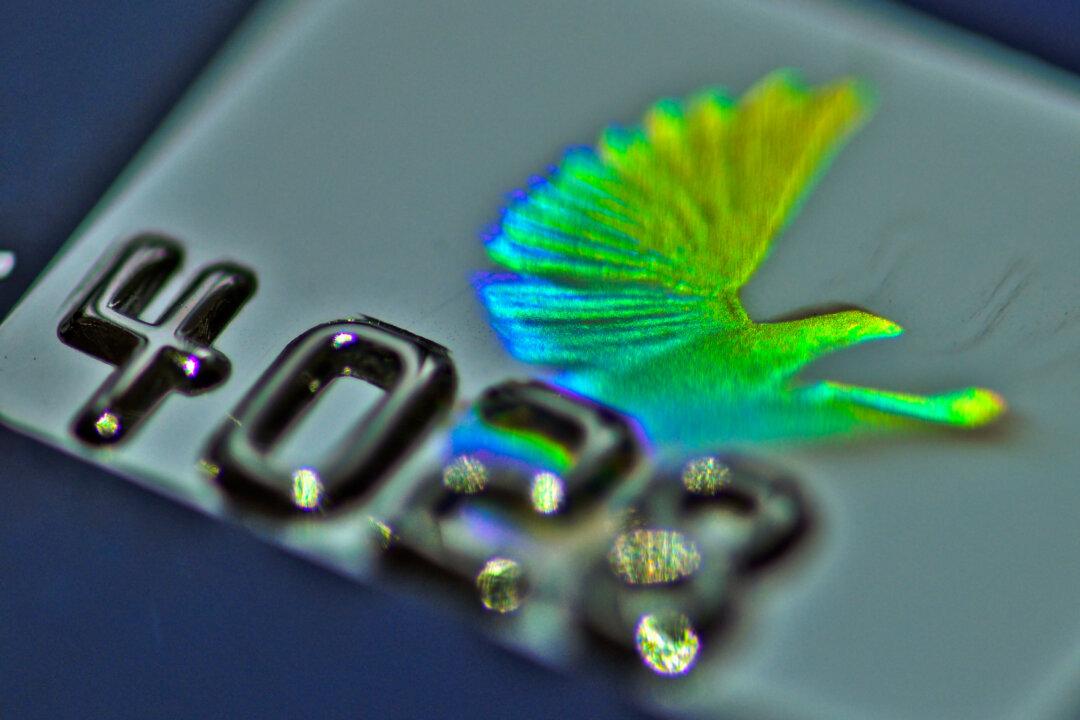Scientists have found a way to potentially prevent counterfeiting in currency, documents, credit cards, and even IDs.
Many modern documents include holograms to enhance security, and they are generally difficult to replicate outside of an optical lab.
Although accurate recreation of these holograms is extremely challenging, a similar shiny, multi-colored look can be created using a mixture of pigments and base, and this may pass a quick inspection.




